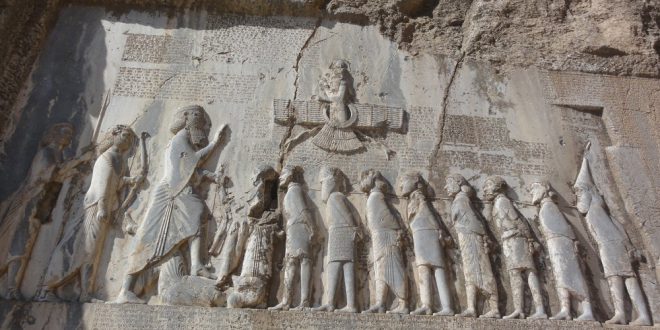Persepolis
For years in the course of the Achaemenid Period, Persepolis used to function as the administrative capital of Iranian Empire. By 330 BC, Alexander, the Macedonian, the Greek commander, attacked Iran and set Persepolis on fire. A major portion of the Achaemenid cultural and artistic heritage, including books, was destroyed. The remains of the site were, nevertheless, preserved to the present time, and are observed in the neighborhood of Shiraz, the Central City of Fars Province (south-west of Iran), in Marvdasht. Inscribed in 1979, the site constitutes one of the Iranian World Heritage properties.
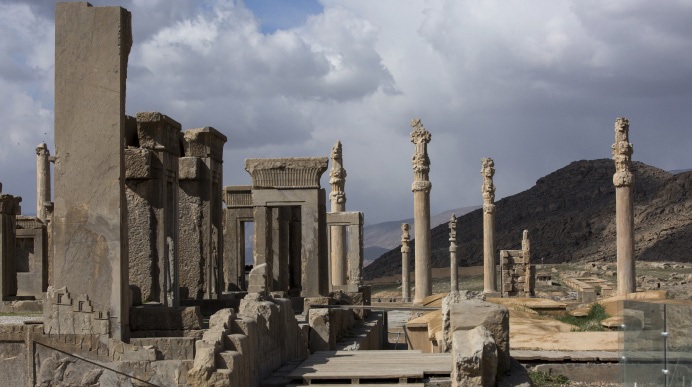
Meydan-e Naqsh-e Jahan (Meidan-e Emam), Isfahan
Located in the City of Isfahan (Central Iran), Meidan-e Emam manifests as a vast rectangular square surrounded by architectural structures of the Safavid Period. Also known as Meydān-e Naqsh-e Jahān, the square used to constitute one of the greatest squares of the 17th century, to the extent that, by the time of ShāhAbbās, the Safavid, and his successors it functioned as the field for polo competitions, martial marches, festive events, and artistic performances. The balanced coexistence of trade spaces with administrative and religious buildings as well as the existence of the oldest polo gate of the world in the center, define it with part of its architectural features. The historical architectural structures of the site include Āliqāpu, AbbāsiJāme’ (“grand”) Mosque, SheykhLotfollāh Mosque, and the Gate to Qeysariyye. To these must be added the 200 traditional shops, circling round the square in two storeys, where the handicrafts of Isfahan are presented for sale.
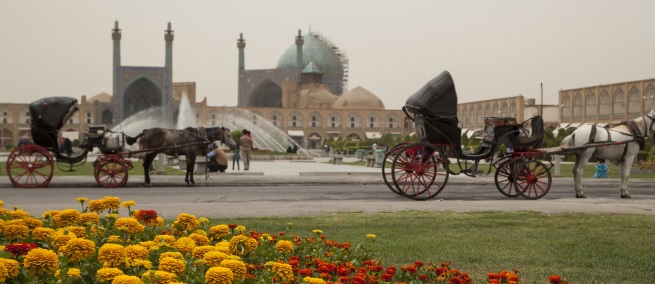
TchoghaZanbil
Tchoghazanbil is the regional name for a majestic ancient mud-brick ziggurat, established in 1250 BC in fulfillment of an order by UntāshGāl, the great king of Ancient Elam, to praise Inshushināk, the God. The site constitutes the only remnant of DurUntāsh, the great ancient city which was ruined by ĀshurBānipāl. Excavated following thousands of years of remaining buried under ground, the site, a construction in two and a half storeys, and 25 meters high, proved as part of an originally five-storey structure of 52 meters of height. Thousands of unused bricks found scattered in the area pointed to the fact that the construction plans were on their way to their completion.
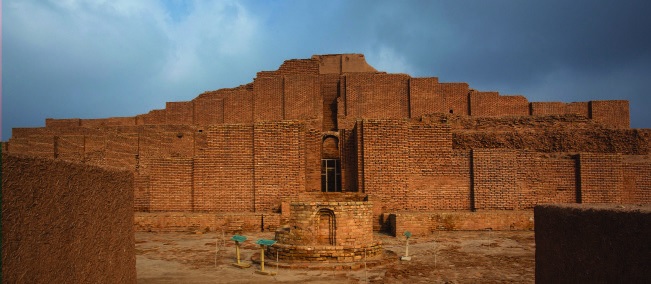
Takht-e Soleyman
A vast historical site near the city of Tekāb, and by Takht-e Soleymān village of West Azarbāyjān Province (north-west of Iran), Takht-e Soleyman comprises a collection of historical constructions around a natural lake. The ancient site was inhabited in a number of historical periods, including the Median, Achaemenid, Parthian, Sassanid, and Mongol eras, when it continued to keep its majesty as a civilization center. The four-vault fire-temple and the ritualistically regarded structures therein, and the Ānāhitā Temple, as well as the Sassanid and Ilkhanid period palaces represent the site with its unique architectural remains.
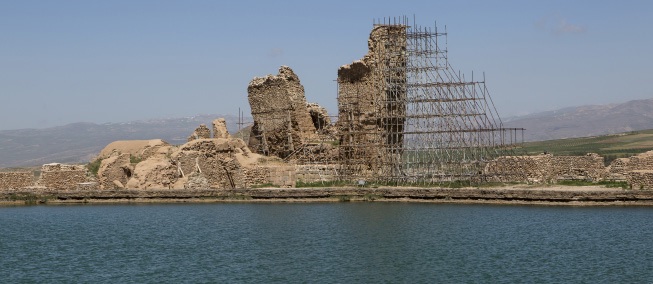
Bam and its Cultural Landscape
The ancient citadel of Bam (Kerman Province, south-east of Iran) enjoys plenty of architectural and urban design features; covering a 200,000-square-meter area, it manifests as one of the magnificent mud-brick complexes of the world, and encompasses various types of historical buildings and residential places, linked and mingled with one another based on a unique pattern on the slope of a hill, and leading, finally, to the exceptionally majestic Chāhār-fasl (roughly, “four-season”) building on top, toward the peak. The sites, also, enjoys the existence of various residential layers of a two-thousand-year period, and this feature adds to its archaeological values. Following the devastating earthquake in the area, the ancient citadel, a major part of the World Heritage Property was transferred, in 2004, to the Endangered World Heritage List of UNESCO.

Pasargadae
A collection of ancient remains of the Achaemenid Period (6th Century BC), Pasargadae is located to the north of Shiraz, to a distance of 135 kilometers, in Pāsārgād area (Fars Province, south-west of Iran). The most prominent among the historical subsets of the site, Cyrus the Greate’s Resting Place, Cambyses the King’s Resting Place, the Gate Palace, the Bridge, the Public Reception Palace, the Private Palace, two Royal Mansions, the Royal Garden Water-views, the Defensive Constructions, Tol-e Takht, the Mozaffari Caravanserai, the Holy Area, and TangeBolāqi. Pasargadae used to function as the capital of the first multi-cultural empire of West Asia. The varied architectural designs point to the country’s diverse cultures, with its elements, each representing a different cultural style.
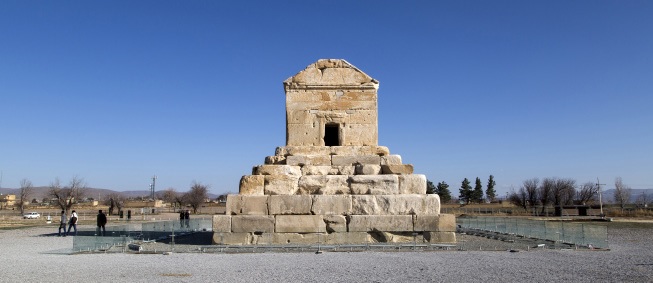
Soltaniyeh
The greatest brick dome of the world, and the first two-layered dome of Iran, the majestic Soltaniyeh Dome was constructed according to an order by Soltān Mohammad Khodābande, the Ilkhanid King of Iran, in the period between the years 703-713 AH. The site proves as a prominent achievement by Iranian architects, and functions as a key to the development of the Islamic Period architecture. The Dome manifests as an octagonal building, surrounded by eight minarets. Fifty meters high, and 27 meters wide, the Soltaniyeh Dome stands on top.
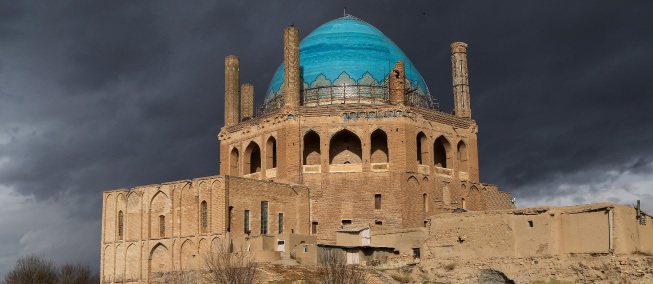
Bisotun
The most magnificent ancient site of Bisotun area (Kermanshah Province, west of Iran) is Darius I’s Bas Relief and Inscription, carved around the year 520 BC. The site recites the Darius the Great’s victory over Geomata the Clergy and nine other rebels. Twenty meters long and eight meters high, the property includes an inscription of 1119 lines in Old Persian, Elamite, and Akkadian (Babylonian). In addition to its historical value, the inscription of Bisotun is one of the oldest encyclopedia of proper names in Iranian languages to the extent that it functions as a valuable treasure to investigate historical changes in the words of the languages of the various periods; such words include proper human names, as well as the names referring to cities, rivers, and mountains. It also plays the role of an ancient source of information on writing, calendar, ideologies, and the thinking traditions of the period.
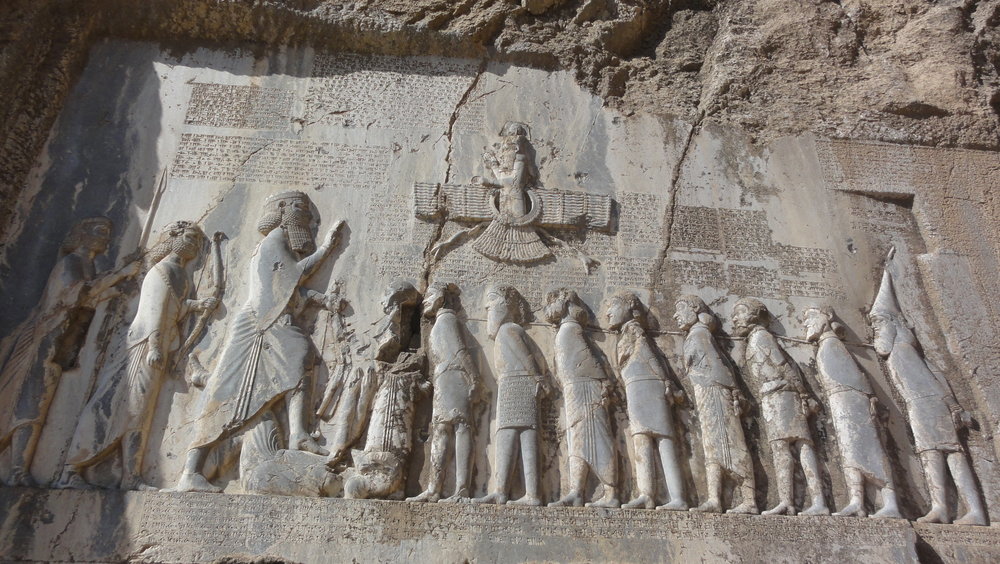
Armenian Monastic Ensembles of Iran
The collection of Armenian Monastic Ensembles of Iran encompasses three Armenian Christian churches, namely Saint. Tadeus (QaraKelisā: “black church”), Saint Stepanus, and Zurzur. Tadeus, a founder of Armenian churches, was killed in 66 BC, due to his belief in Jesus Christ. His resting place is located in QaraKelesā, and functions as a prominent pilgrimage attraction for Armenians. Enjoying Armenian architectural features, QaraKelisā is among the most valuable historical properties of Iran, due to its space and architectural techniques. The site is well-known internationally, to the extent that every year it attracts Armenians of the world.
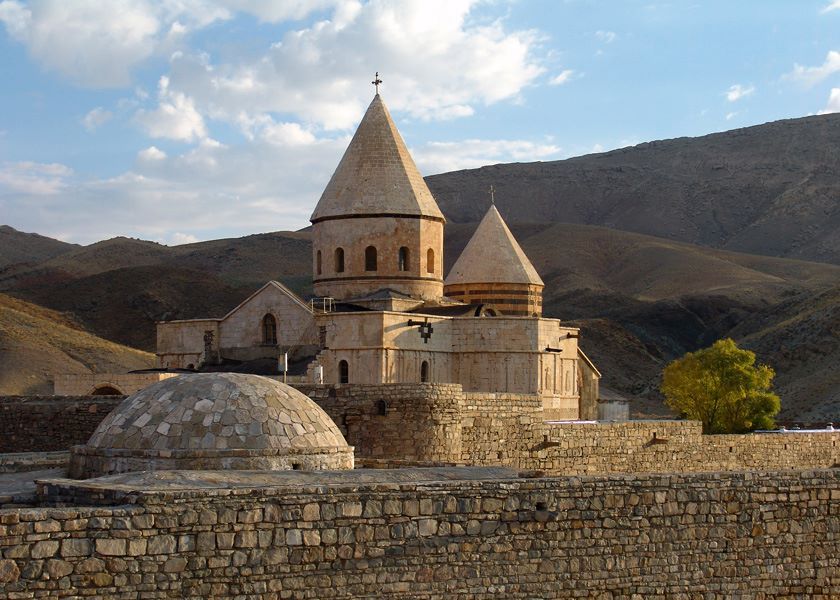
Shushtar Historical Hydraulic System
The Shustar Historical Hydraulic System (Khuzestan Province, south-west of Iran) were established during the reign of Darius the Great, the Achaemenid king of the 5th Century BC. The system included in itself 10 water-mills: the world’s greatest industrial complex before the Industrial Revolution. Utilizing the available water resources by guiding them through a network of underground canals beneath the ancient city of Shushtar, which follows the climatic conditions prevailing throughout the region, the technique proves as a most thoughtful manifestation of urban-hydraulic architectural form.
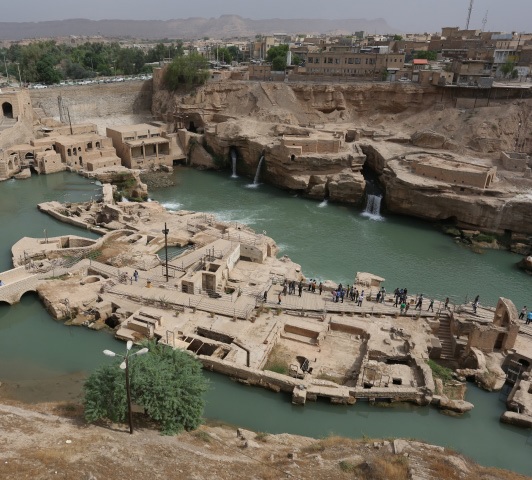
Sheikh Safi al-Din Khānegāh and Shrine Ensemble in Ardabil
Encompassing architectural remains of the period between the years 735 and 1038 AH, the Sheikh Safi al-Din Ensemble comprises tens of masterpieces of various artistic branches, including Mo’arraq and Moqarnas tile-work, plaster arts, delicate and great inscriptions, masterpieces of Iranian calligraphy, valuable fret-work, silver carvings, makeup arts on books, and paintings, among others. The site presents a majestic architectural design, prominent among Iranian historical ensembles due to the existence of the valuable artistic features mentioned above. In addition to its beauty and historical value, the site is, also, prominent due to its functioning as a gathering place for performing Gnostic and Sufi ritualistic practice.
Tabriz Historic Bazaar Complex
The greatest roofed bazaar of the world, and enjoying a history of nine centuries, the ancient Tabriz Historic Bazaar Complex continues to function as a prominent trade center. Previously, the Complex used to manifest as a main trade center on the Silk Road, and an important place for cultural exchanges, too. Architecturally, the Tabriz Historic Bazaar Complex comprises a mixture of mud-brick structures, roofed bazaars, and closed spaces classifiable for various categories of activities. The complex constitutes a complete sample of the Iranian traditional trade and cultural systems.
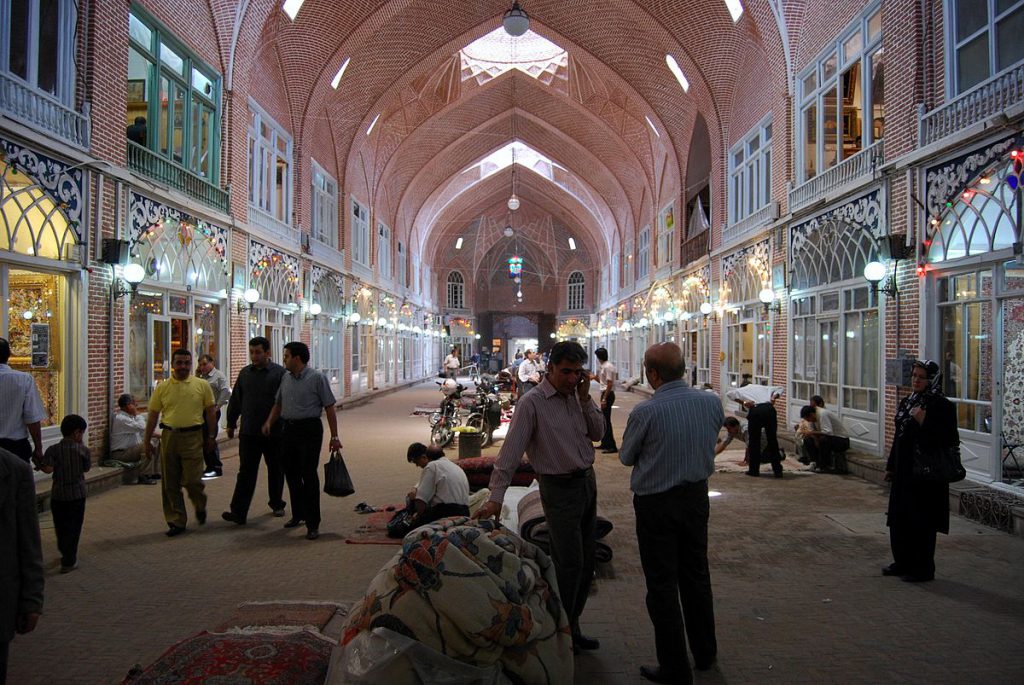
The Persian Garden
Having satisfied five of the inscription criteria, the collection of Pasargadae and Eram gardens in Fars Province (south-west of Iran), Pahlevānpur and Dowlatābād gardens in Yazd (Central Iran), Fin garden of Kashan (Central Iran), ChehelSotun garden of Isfahan (Central Iran), Akbariyye garden (southern Khorassan, east of Iran), Abbāsābād garden of Mazandaran (Northern Iran), and Māhān garden of Kerman (south-east Iran) was inscribed as Iran’s 13th Iranian cultural property on the World Heritage List, and by the World Heritage Committee. Having been constructed in various historical periods, starting as of the 6th Century BC, prove as compatible with the varied climatic conditions prevailing throughout Iran. The textures and structures behave similarly in that they all include, as their shared features, surrounding high walls, constructed spaces and mansions, as well as complexes of delicately planned irrigation systems. A predecessor in the field, the Persian Garden has influenced garden designs on the whole territory stretched between the Indian Subcontinent and Spain.
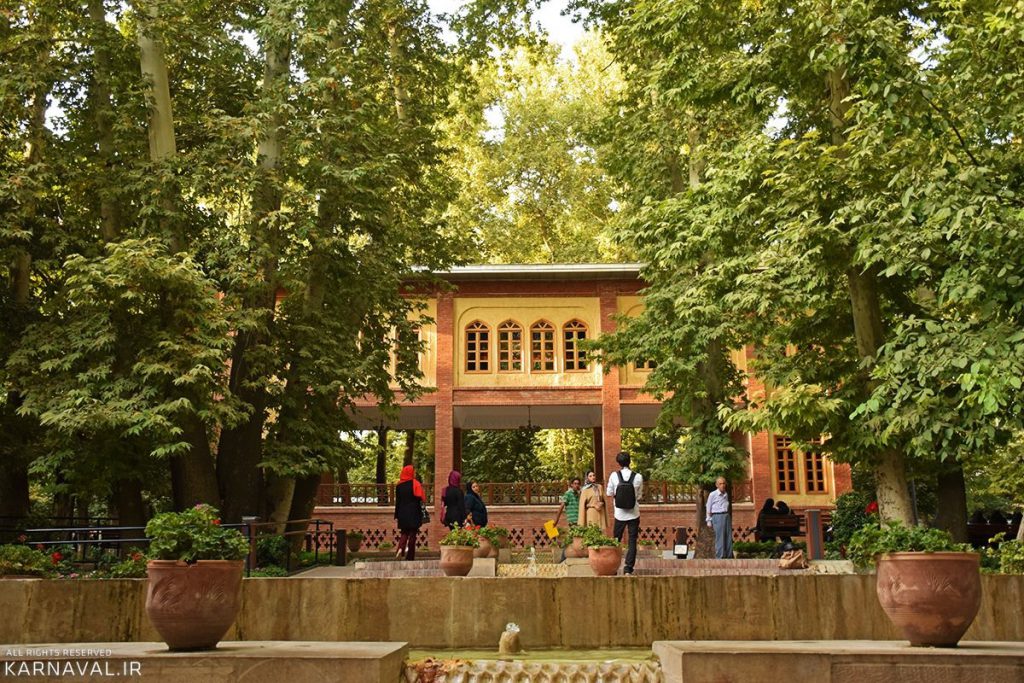
Jameh Mosque of Isfahan
Jameh Mosque of Isfahan is the oldest monument in Isfahan and an outstanding instance to show the course of changes in the Iranian Architecture. Having been damaged due to various incidents such as fire, earthquake, as well as bombing during the war, the mosque is still indefeasible. Jameh Mosque of Isfahan is one of the most important and oldest Iranian religious edifices. Archeological studies have demonstrated that even before Islam, this place has been an important religious center in the town. Different parts of the Mosque have been formed within two millenniums and they have been subjected to continuous rebuilding. The present appearance of the mosque is mostly the result of the measures taken in the era of Seljuk Empire. However, the restorations and additions were made in later eras especially during the Safavid Dynasty.
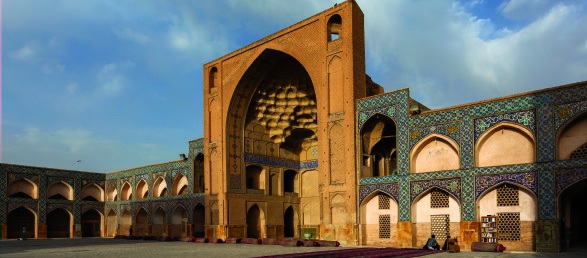
Gonbad-e Qabus Tower
Gonbad-e Qabus Tower is a fourteenth-century monument located in the Northeast of Iran, City of Gonbad-e Kavus, Golestan Province. As one of the most valuable antiquities belonging to the Islamic Era architecture, the monument is amongst the highest brick-built edifices in the world. Qabus Tower has been standing over a hill for more than a thousand years. It was erected in 996 during the reign of the Ziyarid Amir Shams ol-Ma’āliQabusibnWushmgir in the city of Jorjan. Qabus Tower has a star-shaped base and including the height of the platform hill (15 m), it reaches 70 m.
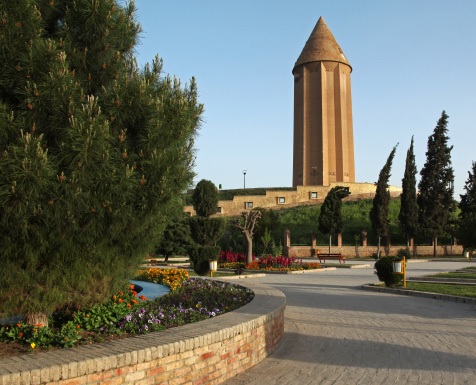
Golestan Palace
The Glorious Golestan Palace is an impressive example of Qajari Art Style. Having been a source of inspiration for many Iranian artists since the Eighteenth Century, and an origin for a number of modern architectural movements, the palace is a combination of architecture and all manners of ornaments and traditional crafts. Located in the historical kernel of the city, the palace was originally founded in the Safavid Era to experience its climax in the Qajar Era. After Naser al-Din Shah Qajar had journeys to Europe, the ornaments and patterns of the palace were influenced by the European art. Golestan Palace is therefore an art gallery from the ancient to modern time. It is also a place for the confluence of Eastern and Western Arts. Apart from artistic values, it is also one of the most important “Place of Events” as it has witnessed many important historical events such as the Persian Constitutional Revolution.
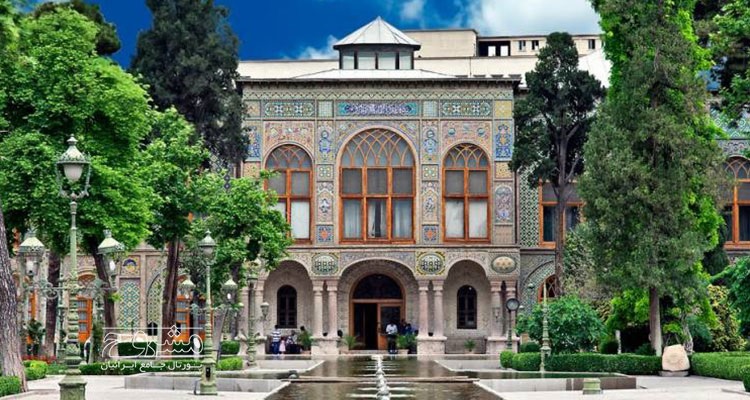
Shahr-e Sukhteh (The Burnt City)
Shahr-e Sukhteh was founded around 3200 B.C. in a green area, which is now a dry desert. Until 1800 B.C., the city was abandoned and rebuilt for four times. The site is a rich source of information about the emergence of advanced societies and the relationships between them in the millennium B.C. This archeological site demonstrates an outstanding example of primitive urban planning. Dividing the city into definite zones is the evidence of an important phase in the development of urban planning in this part of the world. It is the evidence that shows a transition of a rural society to an urban one; a transition from the Copper Age to the Bronze Age. Shahr-e Sukhteh is an excellent example of ancient cultures and civilizations, which had extensive cultural and commercial relationships with the peoples living in the valley of Send, Southern shores of Persian Gulf, Oman Sea, the Southwest of Iran as well as the Central Asia. The archeological findings reveal the key role of this city in manufacture and trading of metals, gems, ceramics and stone-made dishes on a large scale. Discovery of artificial eye belonging to a young woman and a skull undergone surgery is an indication of complex remedy methods more than 5000 years ago.
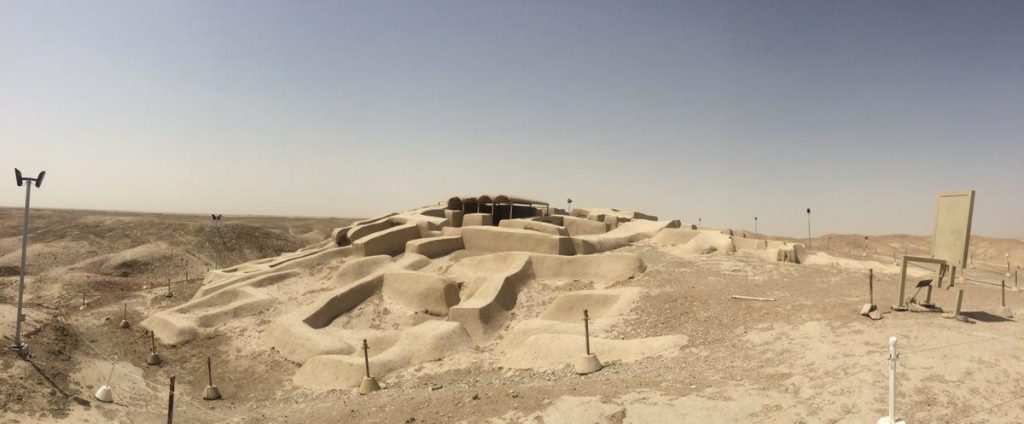
Cultural Landscape of Maymand
Carved out of a rock mountain, the village of Maymand is amongst the first human habitats in Iran where people still live in it. Based on the discovered evidence, the experts enumerate a history of three thousand years for it. However, the ceramics and inscriptions found in the region indicate a 12000-year history. Located in the Central District of Shahr-e Babak County, Maymand Village has 406 houses with 2560 rooms. The village is the seventh Cultural-Natural Landscape in the world to win the Melina Mercouri International Prize. According to UNESCO, this village has been able to maintain a dialog between the humans and the nature in many aspects of life while keeping its authenticity.
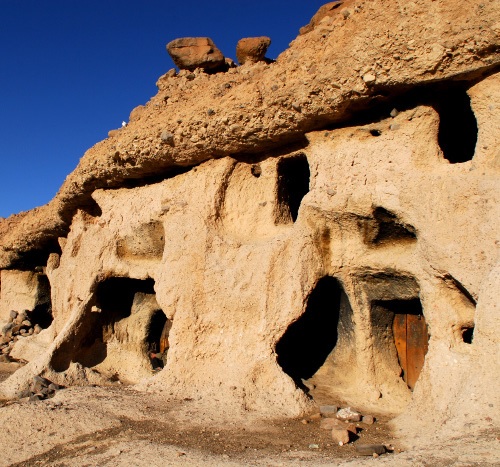
Shoosh (Sūsa)
Shush is amongst the most ancient and important habitats known in the world. While it has been under scrutiny for about a century, still many parts of this site remain to be explored. The City of Shoosh contains antiquities from the prehistoric, historic and Islamic eras. The remains of these civilizations can be found from the Fifth Millennium B.C. through the Thirteenth Century. The city has been the capital of Elam, Assyrian, Achaemenid, Seleucid, Parthian, Babylonian, and Sassanid kings. For geographical reasons, such as being located in the north of Persian Gulf and being near to the Mesopotamia, Shoosh has been a place of confluence of two great ancient civilizations i.e. Elam and Mesopotamian. The file of the cultural heritage of Shoosh includes Shaur Palace, Apadana, the Eastern Gate, Hadish Palace, the Fifteenth Palace, Jameh Mosque of Shoosh, and a collection of Islamic Era monuments, Acropol Hills, and the French Castle. As the objects discovered in Shoosh have been plundered for decades by archeological groups and western researchers, they can be found in most of the prestigious museums in the world.
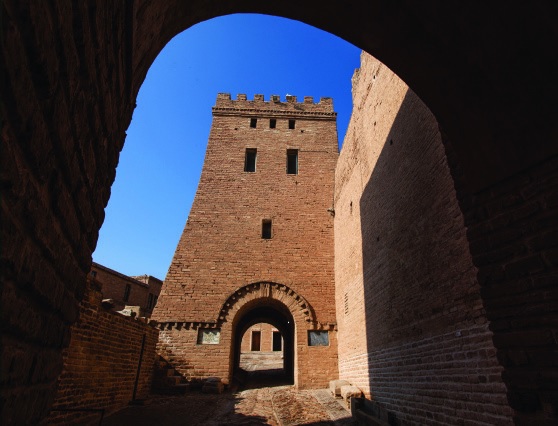
The Iranian Qanats (Underground Canals)
Most of the dry lands in Iran are water supplied by a system of Qanats. A qanat is an underground canal, which with a mild slope transfers the underground water to the lower grounds. Depending on the slope of the ground, a qanat length can vary and it may be as long as tens of kilometers. The file includes eleven selected qanats each of which being unique in its architecture, depth, length, water content and other technical specs. The longest qanat in Iran is 63 km with 2115 wells in its path. The deepest well in the path of a qanat is 350 m, which has survived for centuries in spite of earthquakes and other natural disasters. The most surprising qanat in Iran is the Moon qanat, which was made 800 years ago in two floors.
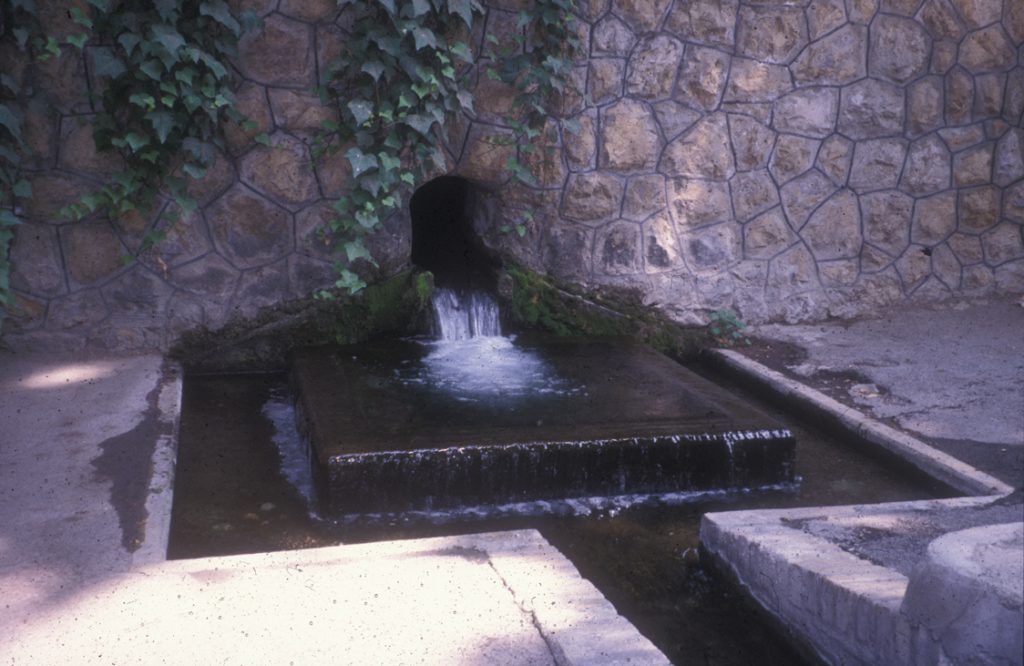
The Lut Desert
The Lut Desert is an exceptional instance of continuous geological processes. Apart from its aesthetic aspects, it is amongst the special natural phenomena and an outstanding example of a major phase in the geological history of the region. With a total area of 175000 sq. km, the desert makes up about 10% of the total area of the country. In years 2004, 2005, 2006, 2007 and 2009 the highest temperatures in the world were registered in this region with 70.7 degree centigrade as the hottest in 2005. Apart from being a natural landscape, it has a long civil history. Discovery of several thousand antiquities such as castles, caravanserais, and water reservoirs proves this.
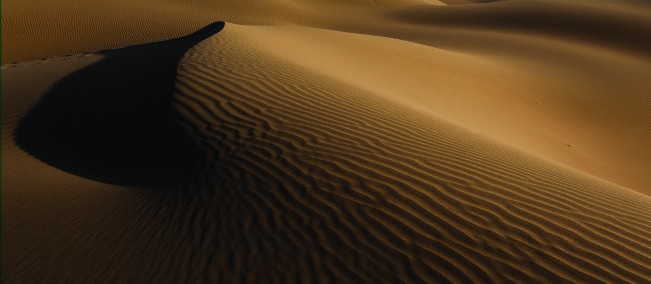
Historical City of Yazd
The Historical City of Yazd has been inscribed to the UNESCO World Heritage because of its vastness, adobe-made tissue, cohesiveness, keeping its historical authenticity, using local materials in construction, consumption of the least amount of energy in construction of adobe buildings, and perfect conformity with the tough climate of the desert. One of the first adobe cities in the world, Yazd is located in the centre of the Iranian Plateau, near the Silk Road. Yazd has managed to avoid modernization, which has been a main cause for the destruction of many old cities in the world. It has been able to preserve its water supply system of qanats, houses, bazaar, and traditional baths. Features such as the city landscape, wind towers, domes, passages, sunshades, religious centers, water reservoirs altogether make this city a unique collection. Having a number of Zoroastrian temples, the Muslim city of Yazd is considered as city of tolerance and indulgence.
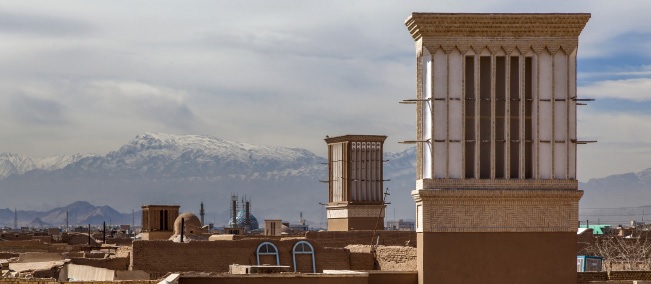
 IranKultur – Iran | Kultur | Reisen Iranische Kulturvertretung in Deutschland
IranKultur – Iran | Kultur | Reisen Iranische Kulturvertretung in Deutschland

